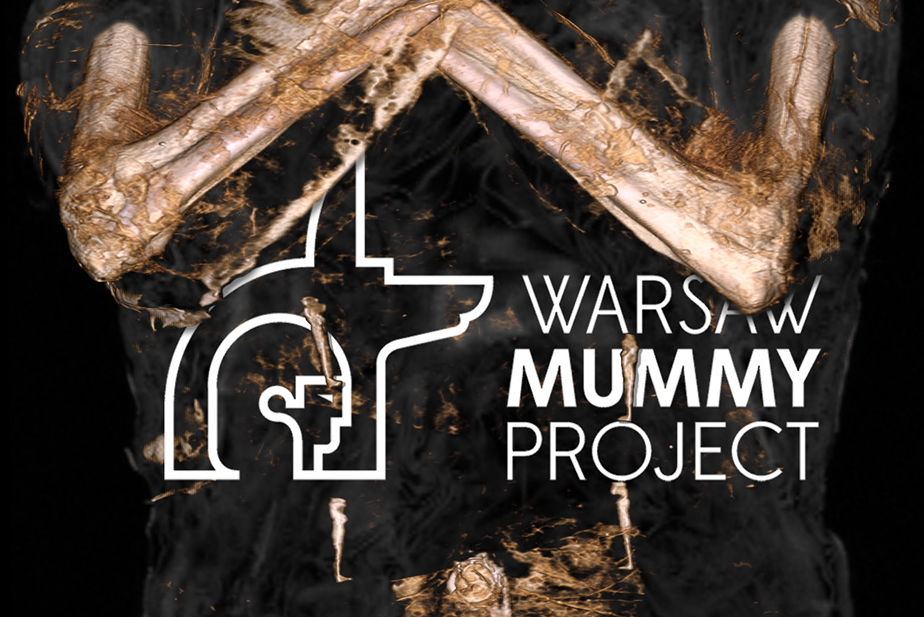This talk took place at the January meeting of the Essex Egyptology Group. The meeting took place on Sunday 7 January, online on zoom.
For our first talk of 2024 were delighted to welcome Wojciech Ejsmond and Marzena Ożarek-Szilke from the Warsaw Mummy Project.
The Warsaw Mummy Project, initiated in December 2015, aims to conduct a comprehensive and multidisciplinary examination of mummies housed at the National Museum in Warsaw. This collection comprises approximately 23 individuals, including various body parts (e.g., heads, hands, feet), and a similar number of animal mummies.
When the provenance of the human mummies is ascertainable, often through inscriptions on their coffins, it is determined that they originated from Thebes and date back to the 1st millennium BCE.
A significant portion of the collection belongs to the University of Warsaw, providing insights into the development of the Egyptian collection during the challenging political climate of the 19th century.
The ongoing project employs non-invasive techniques such as computed tomography (CT) and X-rays. The initial phase involved verifying the authenticity of the mummies and unveiling the contents beneath their bandages. This process yielded unexpected revelations, notably in the case of a mummy previously believed to be a forgery (200334 MNW).
CT scans played a crucial role in determining the sex, biological age, and potential causes of death of the individuals. The examination of one mummy (236805/3 MNW, known as the Mysterious Lady) revealed that a mummy initially presumed to be male was, in fact, a pregnant woman. Furthermore, CT and X-ray imaging offers a unique opportunity to detect signs of diseases prevalent in ancient times, including metabolic disorders.
Beyond presenting the current research status of the aforementioned individuals, the paper will introduce the mummies of Panepy (147801/2 MNW) and two children (Vr.St. 184 and 142474/5 MNW), alongside various mummy parts preserved at the museum.
This discussion will shed light on methodological challenges inherent in mummy research. Moreover, the project extends beyond medical analyses, incorporating innovative approaches such as holograms of mummies to present radiological images. Additionally, CT scans are utilised to generate facial approximations of the deceased. These effigies serve to increase awareness about embalmed human remains, emphasising that these “specimens” were once living individuals whose stories can be discerned from their preserved remains.
